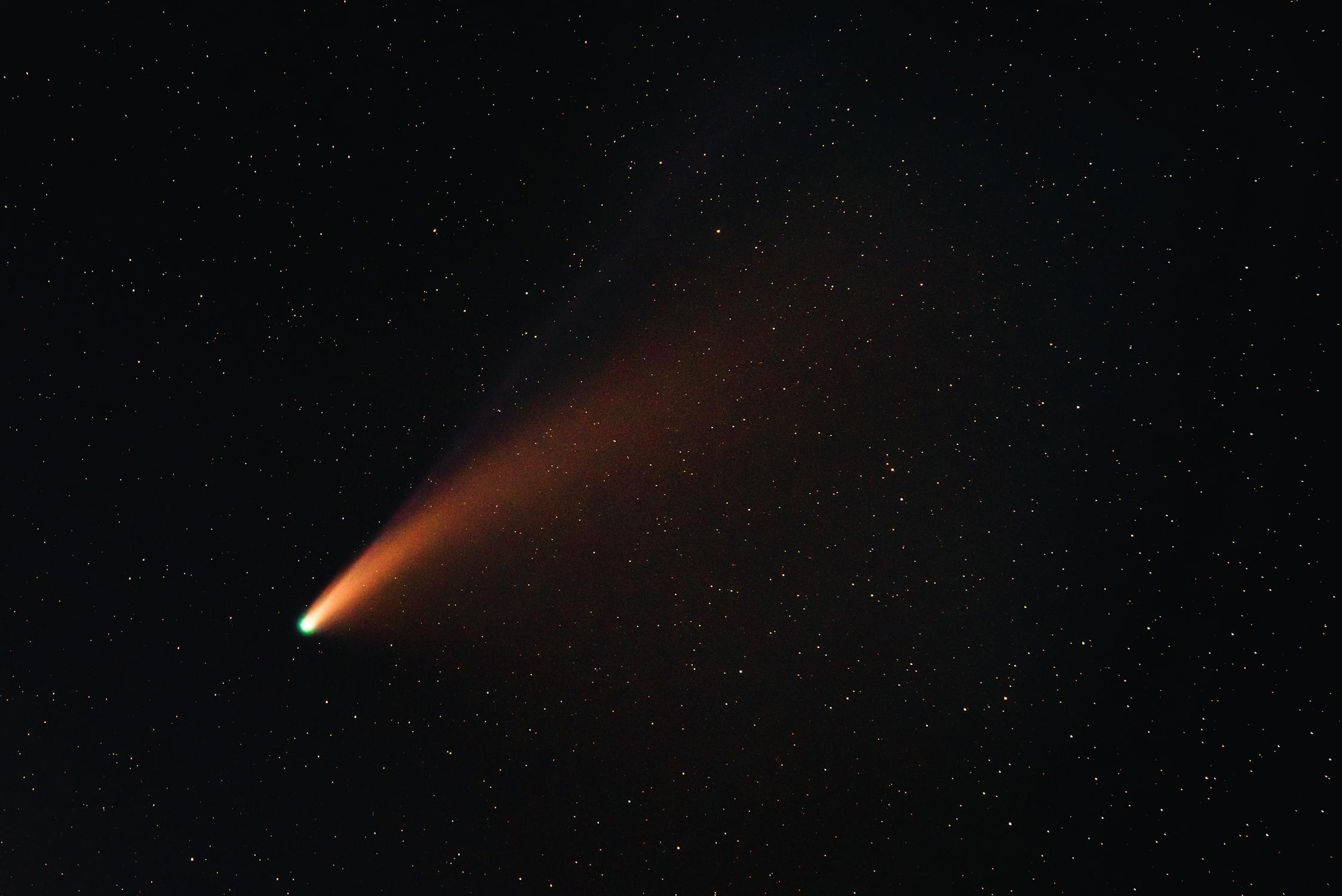Since landing on Mars back in February this year, the Perseverance rover has since been playing a key role in many major of humanity’s major undertakings in the Red Planet; in fact, it has played a role in the production of oxygen (O2) in another planet through its MOXIE instrumentation, as well as the launch of the first extraterrestrial aerial drone through the launch of Ingenuity.
Now, just a bit more than a month after it successfully collected some first samples of Martian rock, NASA’s Mars rover managed to unravel new information about the rust-colored world next to our own. Specifically, the rover gathered new insights on Jezero Crater, the very same spot it landed on just a few months back.
The NASA mission team selected Jezero Crater as its landing spot precisely because scientists suspect that the area once housed a body of water; now, the most recent findings from the institution suggest that Jezero Crater did, in fact, house an ancient lake, and even what used to be a river delta. The information was published as a research article published in the journal Science.
The rover took photos of an area in the crater known as the Delta Scarp, a massive geological feature within Jezero Crater. In it, scientists found evidence that to them confirms that the scarp is the remains of what used to be a river delta. This delta was said to have been formed from the merger of an ancient 193-km (120-mi) long river and a 34-km (21-mi) wide lake.
One of the major geological features atop the scarp was a feature known as Kodiak. Upon examination, the Perseverance team noted the presence of “sloping rock beds” that sat between distinct horizontal layers; to the team, these are features left behind from the ancient river delta that used to sit there.
The leftover evidence of the ancient body of water corresponds with the established theory of a “wetter” Mars some 3.7 billion years ago, according to the Perseverance team. And, according to study co-author Professor Sanjeev Gupta from Imperial College London, the samples the rover may be able to obtain from this site may affect the “strategy for the selection of rocks for sampling.”
Said Nicolas Mangold, a Laboratoire de Planétologie and Géodynamique researcher and lead author of the study: “Never before has such well-preserved stratigraphy been visible on Mars. […] This is the key observation that enables us to once and for all confirm the presence of a lake and river delta at Jezero.”
Mangold and team also noticed the presence of large boulders atop the scarp, which may have been placed there by flooding from its ancient past.
Finally, the team noted evidence of clay-like deposits in some layers of the scarp, which may preserve traces of ancient life on the Martian landscape if examined in future research endeavors.
Gupta added: “The finest grained material at the bottom of the delta probably contains our best bet for finding evidence of organics and biosignatures, and the boulders at the top will enable us to sample old pieces of crustal rocks. Both are main objectives for sampling and caching rocks before [the] Mars Sample Return [Program].”
The samples are said to be prime targets for sample return programs—the efforts of which have already been initiated with the first-ever collection of Mars rocks just a month before.
References
- Irving, M. (2021, October 8). Ancient Martian lake and river delta clear in Perseverance photos. New Atlas. https://newatlas.com/space/mars-lake-water-perseverance-photos-jezero-crater/
- Mangold, N., Gupta, S., Gasnault, O., Dromart, G., Tarnas, J. D., Sholes, S. F., Horgan, B., Quantin-Nataf, C., Brown, A. J., Le Mouélic, S., Yingst, R. A., Bell, J. F., Beyssac, O., Bosak, T., Calef, F., Ehlmann, B. L., Farley, K. A., Grotzinger, J. P., Hickman-Lewis, K., … Williford, K. H. (n.d.). Perseverance rover reveals an ancient delta-lake system and flood deposits at Jezero crater, Mars. Science, 0(0), eabl4051. https://doi.org/10.1126/science.abl4051
- NASA. (2021, October 7). Nasa’s perseverance sheds more light on jezero crater’s watery past. NASA’s Mars Exploration Program. https://mars.nasa.gov/news/9054/nasas-perseverance-sheds-more-light-on-jezero-craters-watery-past
- Sci-Hub. (2021, October 8). Perseverance Finds Ancient Delta-Lake System, Flood Deposits in Martian Jezero Crater. Sci-Hub. http://www.sci-news.com/space/lake-jezero-10151.html
- Wall, M. (2021, October 7). Perseverance rover confirms existence of ancient Mars lake and river delta. Space.Com. https://www.space.com/mars-rover-perseverance-confirms-lake-delta-jezero-crater











